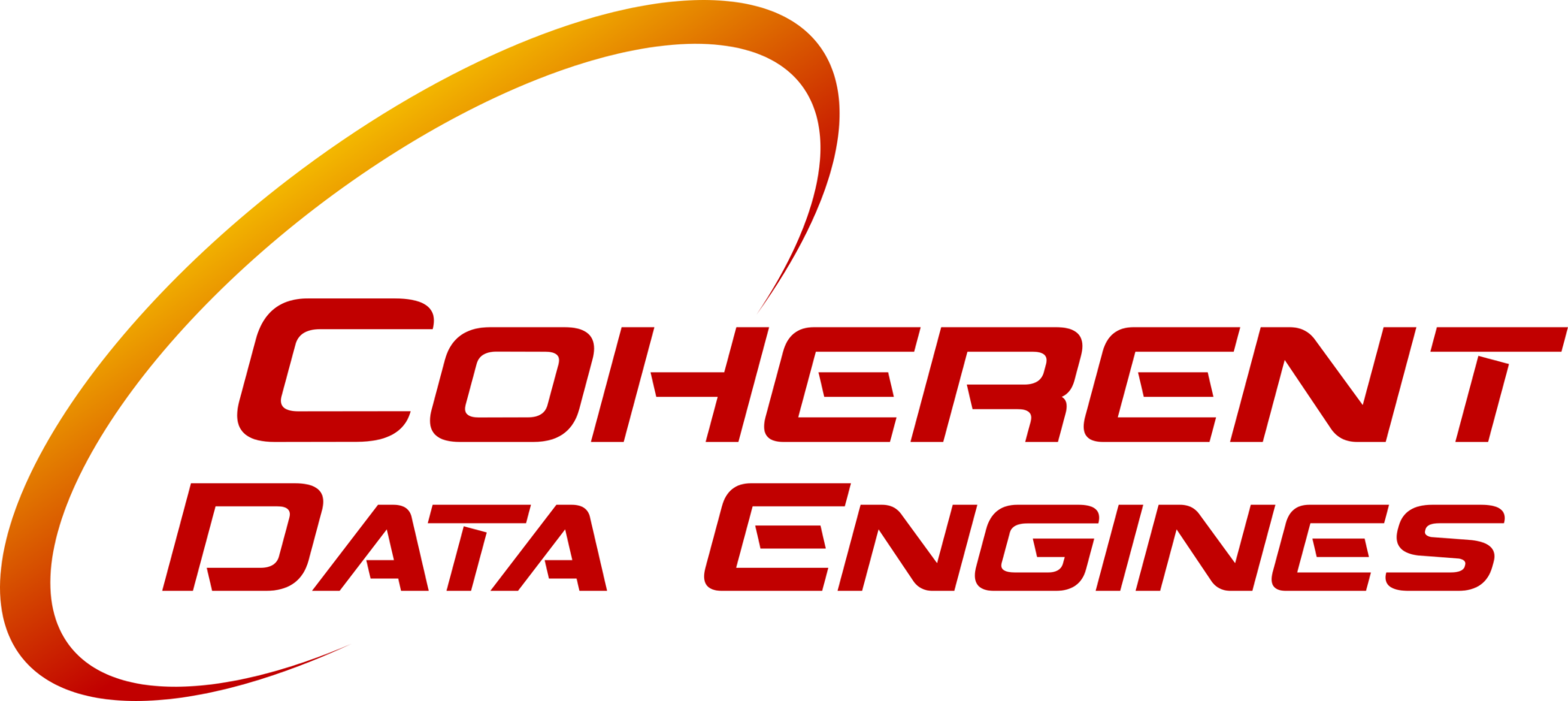Digital Pathology
Computer-aided, high-speed whole-slide scanning of cytology slides with parallel processing of quantitative, label-free or interferometrically detected stain markers

Job: Early Detection of Cancer and Other Diseases
Health screens are essential for early detection of disease, especially cancer, where early treatment significantly increases survival rates. They often rely on cytopathology: high-magnification microscopic analysis of individual cells on cytology slides. Early detection requires finding very few abnormal cells among a majority of normal cells, without a supporting tissue architecture. Additionally, screens, by nature, require analyzing many slides.

Challenge: High-Sensitivity, High-Throughput Screening
Cytology slides contain cells distributed in a large volume, which is surveyed at high magnification by changing X, Y, and Z positions of both the stage and the objective. This imposes a physical image acquisition speed limitation (large moving masses). Conventional diagnostic by Cythopathologists is effective but slow, expensive, and, often, unavailable. Digital pathology (whole slide imaging – WSI) is too slow and resource intensive for screening.
High-Throughput Digital Cytopathology
Similar numbers of gynecology and non-gynecology slides are evaluated annually (total ~150M in US). Current screening cost by Cytotechnologists is $7-10/slide with additional costs for Cytopathologists (inconclusive/difficult cases). At $8.5/slide, the US TAM is $1.3B.
Value Proposition
Coherent computational microscope for high-speed (10 min.) “digitization” of cytology slides (gynecology, hematology, cytospin, FNA) to capture perfectly focused cell images from the entire volume of the sample. Quantitative phase, amplitude and polarization data from stained or unstained slides enables reliable automated classification of cellular content and hyper-cellular organization helping pathologists to quickly focus on important cell populations. Data from different systems is de-identified and corroborated for QC, sub-specialty DX, tumor boards, biomarker discovery, drug development, and implementing new lab tests and companion diagnostics.
Conventional Cytopathology
Slow, Expensive, Unavailable
Human visual inspection
Computer guidance is insufficient
Requires specialized training
Not enough Cytopathologists
Digital Cytopathology (WSI)
>1h/scan, Not “Glass-Like”
Very slow slide scanning
Insufficient Z planes: not glass-like
Unreliable: can miss features
Heavy data load: unusable for screening

Computational qMAPP Cytopathology
10m/scan, Quantitative
High-throughput scanning, local/remote DX
Full-field data: fully digital glass-like DX
Easy corroboration and collaboration
Lower cost for higher quality DX

Computational qMAPP Cytopathology
Left: HPV (Human Papilloma virus) infection in a Papanicolau stained smear. Positive diagnostic: nuclear enlargement and membrane contour irregularity; darker than normal intra-nuclear staining pattern; a clear area around the nucleus.
Staining irregularities or clumping of cells and many other factors can result in a false negative/positive diagnostic.
qMAPP can be used with conventionally stained slides to quantitatively estimate nuclear and cytoplasmic structure and volume, in 3D, with digital, post-detection focusing.
Our early tests indicate that, with proper calibration, it is possible to partially or even completely eliminate staining.
Quantitative Digital Pathology and Research
Left: Cheek cells (20×/0.5) post-detection focused at -1μm, 5μm, and 11μm from the data acquisition position (pseudo-color).
Different cellular features are visible at different refocusing distances showing, so-called, “digital glass-like” experience.
Since data is quantitative and independent of the instrument used for acquiring it (after calibration), it can be reliably shared and used in large-scale studies, for example.
Let’s Work Together
Microscopy technology has not evolved in its general practice for a century: it is still a labor intensive, difficult to scale, process.
Our technology is uniquely capable of fully-digital, high-accuracy, quantitative microscopy of stained and unstained samples.
Through synergistic collaboration, we can solve important health screening and diagnostic challenges, benefiting humanity.
Contact Us
We’re eager to learn about your requirements and happy to tell you more about our technology.
Ithaca, NY 14850
+1 917 436 1624
info@cdei.net



